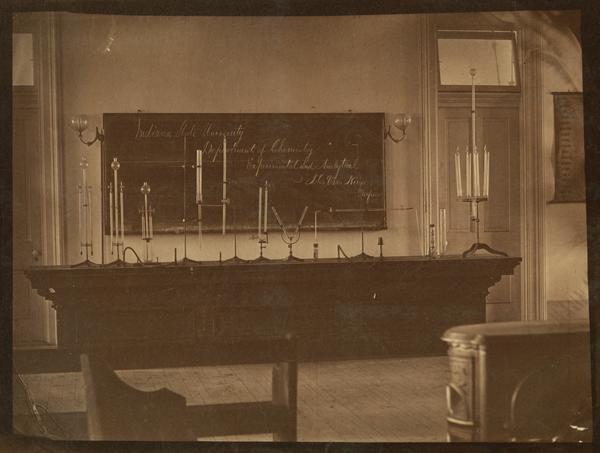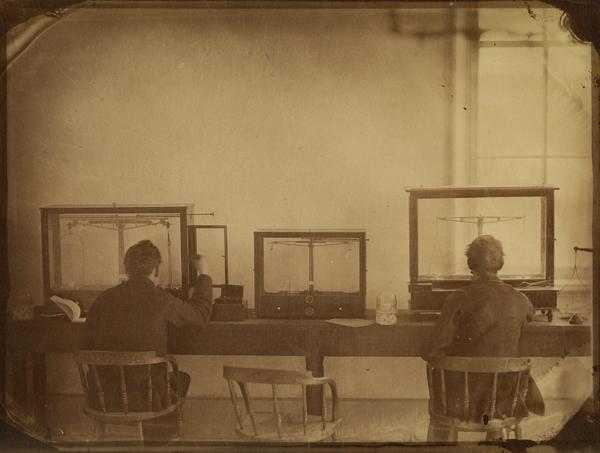Theophilus Wylie's Early Photography Experiments
The first photographic image was recorded between 1826-1827 of the rooftops of a French estate by Nicéphore Niépce. The process would soon be refined and popularized by Louis-Jacques-Mandé Daguerre. Word of this scientific and artistic breakthrough soon traveled around the world. We know that it reached Theophilus Wylie’s social and intellectual circle as early as 1839. As a scientist, artist, inventor, and tinkerer, it was only natural that Theophilus would soon embark on making his own “daguerreotype apparatus.”
In his diary, Theophilus makes three entries referencing his early experiments with the daguerreotype. On January 3, 1841, he writes:
“Have been busy teaching as usual & getting the Daguerrotype apparatus made. […] Saty busy with the camera obscura [cover] & preparing for Sab.”
A few days later, he gives the following update:
“Have also been engaged in preparing the Daguerrotype apparatus, which I will have ready for trial before long.” [January 9, 1841]
Theophilus gives his last entry regarding the daguerreotype on January 13, 1841. He speculates on the scientific applications of this new technology, stating:
“It occurred to me that while in a revery that perhaps it would be possible to Daguerrotype the moon & planets & then view the plates by a microscope. If this could be done it would be an excellent way of turning the microscope into a telescope.”
The diary goes silent on the subject of early photography at this point, but we can follow Theophilus’s early experiments through other resources. A March 1841 edition of the university newspaper describes an exhibition of Theophilus’s (now lost) daguerreotype depicting the corner of Ninth and Market Street in Philadelphia.1
This makes Theophilus Wylie the first documented photographer in Indiana. Unfortunately, all examples of his earliest photography have been lost. There is some evidence to suggest that this painted portrait of Andrew Wylie, shown at right, was based on a daguerreotype taken by Theophilus.2
Photographic technology advanced, and Theophilus advanced alongside it. Photographs went from a ghostly, fragile exposure on a metal plate to a more durable impression on paper. The Indiana University archives hold a few examples of Theophilus's later photography projects. The following images are excerpted from an 1876 album entitled "Indiana State University Views, Exhibiting The Buildings, Chapel, Museum, Law and Recitation Rooms, also, Course of Study and Specimen's of Students' Work in Several Departments of the Above Institution."
Theophilus took the photographs for this album with his son, Samuel "Brown" Wylie, and Bloomington photographer, J.B. Allison. They were displayed in the 1876 Centennial Exhibiton in Philadelphia. They were taken a good 30 years after Theophilus's earliest photographic experiments, but they give some insight into his artistic process.
While we do not have any of Theophilus’s daguerreotypes, we do have a great collection of daguerreotypes by other artists—as well as the related mediums of ambrotypes and tintypes.
1. Internal correspondence between museum employees and John Graf, 1992.
2. Ibid.




